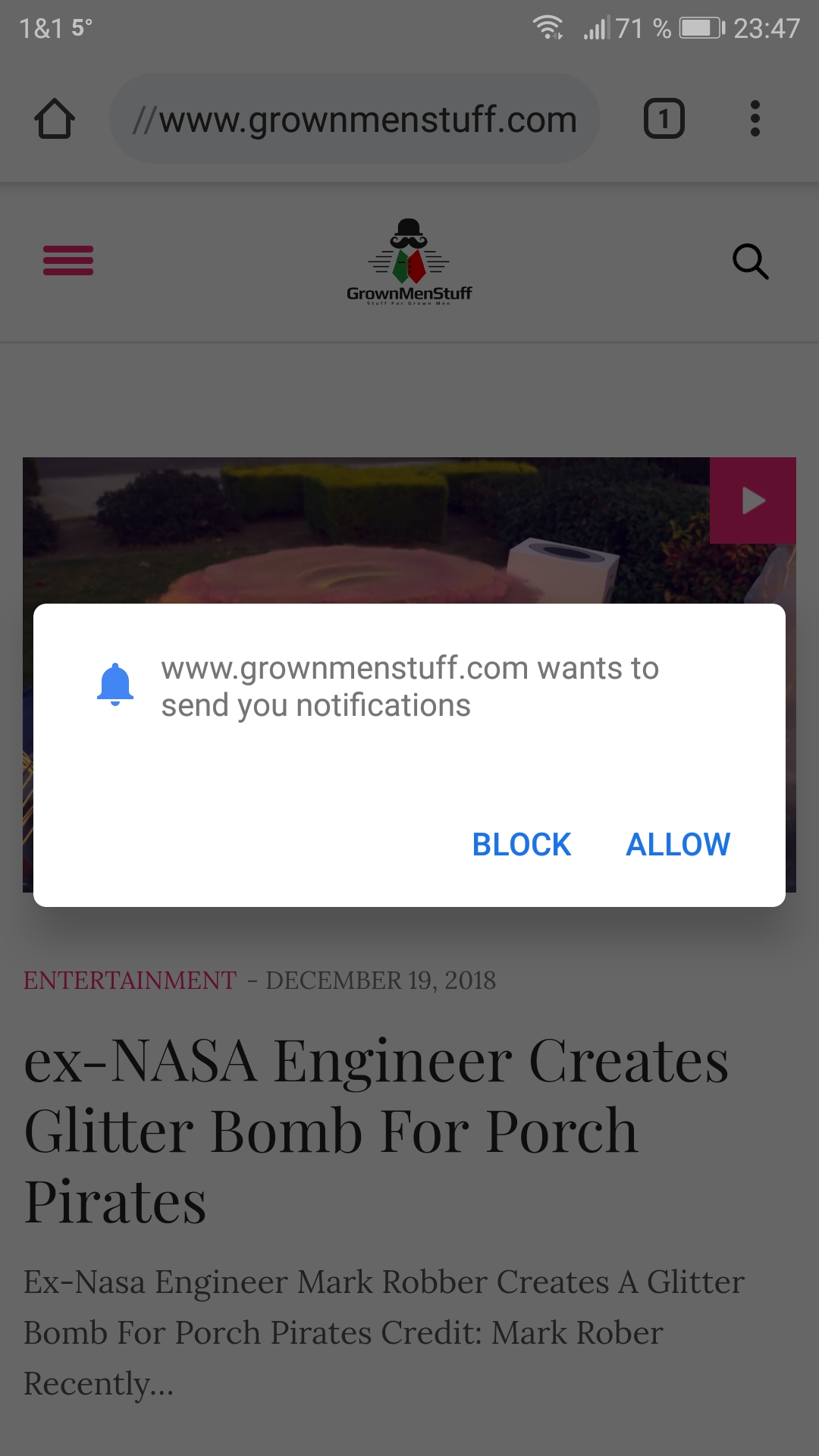Split testing is a method that you can use to get answers on just about anything! This is a method that both advertisers and publishers can use to get their profits up. The final goal is always to get some answers on various topics you’re after. Careful! Implement your tests correctly and avoid traps…

You all know or have heard about split testing, A/B testing, but you don’t come from a statistical background and you’re not quite sure how to implement those in your online journey with PlugRush. On top of all that, you kinda have to.
We are confident in stating that without the split test there would be absolutely no evolution in the online advertisement / publishing world.
Think about it, why do landing pages, advertisement spots on sites and creatives in general change so much? Split testing is screaming mea culpa.
This all can be really overwhelming, especially if you are new to the online advertising and publishing game and you want to do and be the best.
There are a few hoops that you need to overcome and also, you need to follow our lead:
Do not overthink things. Do not go into a spiral mode. There is absolutely no point in testing everything all the time.
We’re gonna help you out with this by pointing out things that can trick you and send you into that overthinking never ending spiral. Regardless of being an advertiser or publisher, every trick comes with an actual applicable situation for both advertisers and publishers.
Trick 1
The idea is you can test everything. The point is not to test everything.
And here we mean you can test every single thing about your campaign, offer, website.
Advertisers can test every single part of one creative.
You have a template and you change the CTA button. The text. The color. The font. The size. The position on the creative itself. The headline. The picture. How many elements do you have on one creative gives you an answer on how many tests you can perform.
Publishers can test every single part of one page.
How many elements are on the page dictates how many tests you can perform.
You don’t need to test everything all the time! You can follow one thread of thought and pick certain elements to test. When the results kick in and you apply the data and have more of what you wanted to produce, you stop. Let’s say you wanted a higher CTR or you wanted to see if pop traffic worked better on your pageX than pageY.
Trick 2
The idea is to know what you want to test. The point is not to know it all.
This is tied to trick 1 and it’s based on having a goal. Goals can be different for advertisers and publishers but they do have a common goal – to make $$$ and be profitable.
Think of split testing in terms of steps in your online journey that will take you closer to that goal.
For advertisers, an example could be having a great offer for push notification traffic and deciding to test different texts on the same picture.
Or different pictures with the same text. Or the combo of the two. You don’t need to test every headline and every picture out there. You need to set a limit to your testing and having a clear goal will help you do that efficiently.
Also, in order to receive more data, use the Automated Rules! In this example, you can unlimit the sources that are bringing you conversions or exclude the OSs that are not in line with your goals.
For publishers, an example could be testing 2 banners on a page vs 4 banners on a page.
Same position, different number of advertisement spots in a period of time. Not on all your pages and websites at once! Use the split testing method to reach your goal and pick one thing at a time that will bring you closer to your goal.
Trick 3
The idea is to wait for the data to kick in. The point is not to wait for too long.
When split testing, it’s important to wait for a certain amount of data to be available in order to make a firm conclusion. You simply have to wait and be patient, but you don’t want to start a test and forget about it! Based on what you are testing, you need to watch out and predict how long it is going to be before you see some results.
Advertisers that run pop traffic usually test their landing pages (LPs).
They know that a $5 budget per day on a Tier 1 country will provide them some data and $500 will buy them a lot of data. Your middle ground needs to be set in advance: the number of clicks each LP generates, the amount of $ spent per LP, etc. The total number of clicks cost X.
Publishers that have set up to sell banner traffic can test the different ad spots they’ve placed them in on their website.
It’s also possible to vary banner sizes and compare different types of traffic. F.ex. you could compare the performance of a 300×250 banner vs that of a 300×100 banner, on the mobile version of your website, to find out which banner format performs better on your site.
Set your time in advance and check the results when you hit that mark. Is there enough data or do you need to set a new time frame?
Use the display columns to your advantage in our advanced stats system! Find out more in our guide HERE.
Trick 4
The idea is to use multiple angles of viewing things. The point is not to use all of them on the same variable at the same time.
While coming up with a variety of angles can be difficult and ‘inspiration’ is not around every corner, since we’ve all experienced the feeling of being stuck. So where do you start? The most simple is to use a positive/negative approach. But the rule of thumb is to do it for one variable at a time on any given test.
For advertisers an example of this would be testing various push notification creatives for an offer.
A push notification creative contains a picture, headline and description text. A positive approach to the headline and description text would be: “Collect your prize…” and vice versa, a negative approach would be: “You don’t want to miss out on…” Now, what you don’t want to do is to use a different picture with each of these texts because you wouldn’t know was it the text or the picture that brought in positive results. What you can do is test it out correctly: picture 1, text 1 and text 2; picture 2, text 1 and text 2.
An applicable example for publishers would be the following: By checking and using the information on your awesome publishers stats (read full guide here), you can see the trend in terms of sold traffic and RPMs.
If you’re already collecting push subscribers actively with your websites, you’re likely seeing that the clicks generated by them usually achieve an even better per click rate than your banners.
Now, you want to increase the number of subscribers. The ‘traditional’ push notification subscription is a little window that appears on your page and asks your visitor to opt in for a subscription.

A split-test you could set up to find out if desktop subscribers are more valuable or mobile subscribers are of more value would be as follows:
A: Buy mobile pop (target only Android, not iOS) traffic and send it to the mobile version of your site with our push ads enabled on it.
B: Buy desktop pop (target only Windows 10 to keep the test simple, definitely not MacOS) traffic and send it to the desktop version of your site with push ads active.
Run each campaign with the same bid and daily budget, let them run for a day or three. Then wait about a week. Our push system is quite conservative to make sure subscriber retention is good, so it will take some time until your subscribers get their first push ad… and then subsequent push ads will be sent to them every couple days. This ensures they don’t unsubscribe and you’ll get paid for overall more ad clicks as a result; it just takes a bit of time to get rolling.
After the week, compare your publisher stats for push ads on the site you tested with for Windows 10 vs Android. Then you’ll know what kind of traffic to move forward with and, of course, do further split tests on to evaluate other variables.
Trick 5
The idea is that data is king. The point is to apply that data.
Once you’ve done your test, you’re left with results. Being done with the test means you now have significant data that can lead you to a clear conclusion what worked and what didn’t.
It’s really important to take this information and apply it further. You don’t just say ok, this worked, this didn’t and leave it at that. You need to scale that aka apply what you did to different campaigns or sites that you have.
For advertisers, this information as a test result is a great starting point for scaling.
If you are running one offer per format (say natives) and you apply the creatives text and picture that worked in another format (say push notification ads), you increase your chances of being profitable from the get go.
For publishers, data collected will also dictate the next logical step.
If your data proves that buying Android mobile pop traffic to collect push subscribers is more profitable than doing the same with Windows 10 desktop pops, then you will most certainly apply this to every site you have as your next split test.
You might even set up some special landing pages to collect push subscribers more efficiently.
Use the Feedback button on your account and let us know if there are any future features that would allow you to take your split testing to the next level. We appreciate the feedback and gladly respond to it so don’t be shy and reach out to our awesome support.
Thank you for reading!




